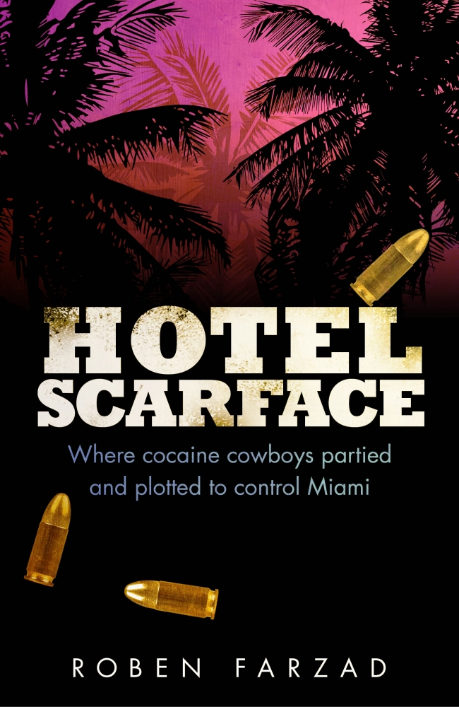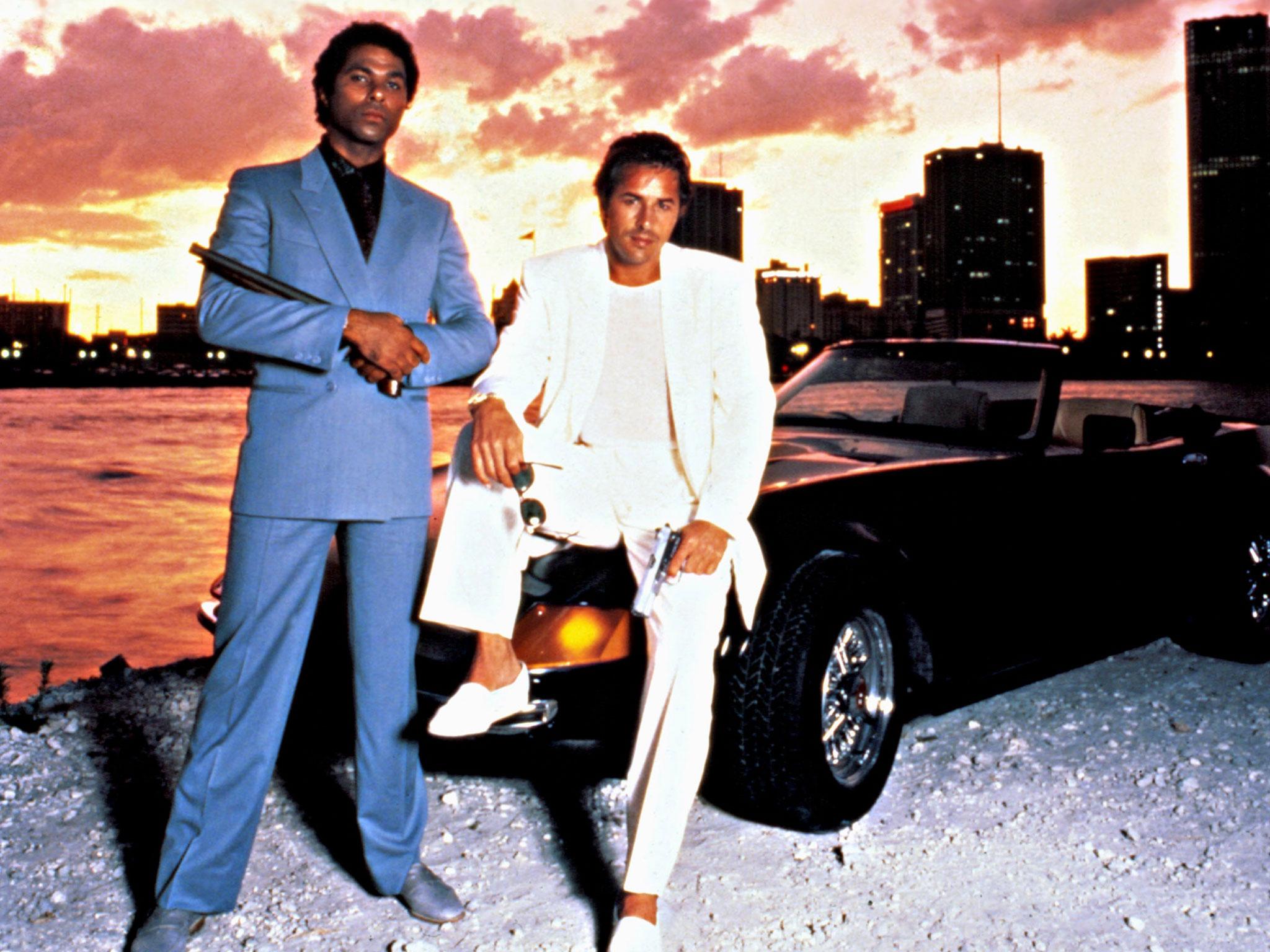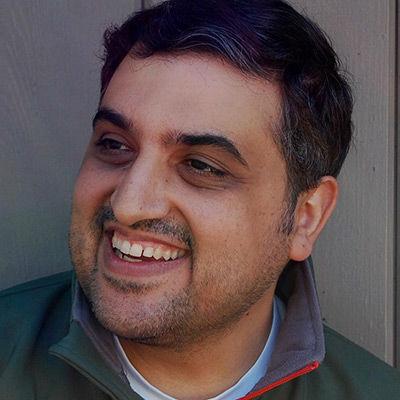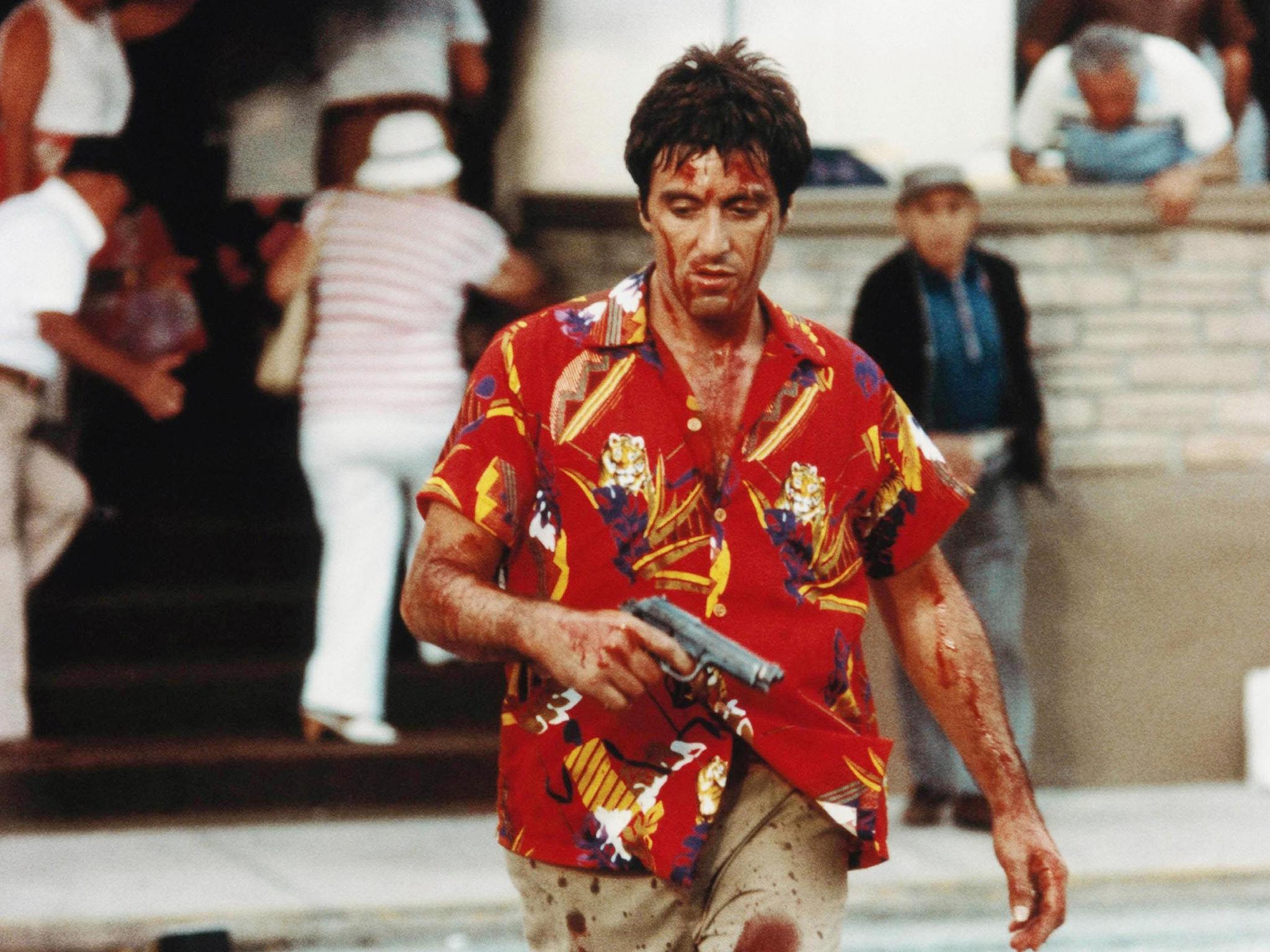Hotel Scarface: How ambitious people morphed into cocaine dealers in Miami
Roben Farzad’s book is based on exclusive interviews and never-before-seen documents to reveal the history of the cocaine boom in 1980s Miami as it was played out at the Mutiny in Coconut Grove

Your support helps us to tell the story
From reproductive rights to climate change to Big Tech, The Independent is on the ground when the story is developing. Whether it's investigating the financials of Elon Musk's pro-Trump PAC or producing our latest documentary, 'The A Word', which shines a light on the American women fighting for reproductive rights, we know how important it is to parse out the facts from the messaging.
At such a critical moment in US history, we need reporters on the ground. Your donation allows us to keep sending journalists to speak to both sides of the story.
The Independent is trusted by Americans across the entire political spectrum. And unlike many other quality news outlets, we choose not to lock Americans out of our reporting and analysis with paywalls. We believe quality journalism should be available to everyone, paid for by those who can afford it.
Your support makes all the difference.For anyone who lived through the 1980s, the television series Miami Vice is the pastel-shaded, music-driven, drug-saturated image of the city forever seared into memory. At the centre of this action in real life was the Mutiny at Sailboat Bay, a hotel and club in the city’s Coconut Grove neighbourhood. Roben Farzad, whose family immigrated to the United States from Iran after he was born, grew up in Miami during those years. His new book, Hotel Scarface, is a raucous history of the cocaine boom as it played out at the Mutiny. (The 1983 movie Scarface, also set in this period in Miami, was filmed mostly in California.) “All roads led back to the Mutiny,” an undercover police officer who worked in Miami at the time told Farzad. “The druggies, the celebs, the crooked pols, spies, the informant, cops – good and bad – were all there.” Appropriately, Don Johnson and Philip Michael Thomas, the stars of Miami Vice, also were known to drop by. (Thomas even lived there for a time.) Below, Farzad talks about the haunting image that got him interested in the story, the filmmakers who inspired him as he tried to recapture a time and place, and more.
When did you first get the idea to write this book?
I encountered the Mutiny as an abandoned property 23 years ago, just before I left Miami – I thought for good – to go to college up north at Princeton. I had a severe case of senioritis in high school, and I had a job selling frozen lemonade at a street fair in front of this abandoned building. It didn’t make sense. Coconut Grove is like the West Village of Miami. This was not a run-down part of town. Waterfront property gets snapped up. Back in the day, you had Richard Nixon and the Bee Gees docking their yachts in the marina there. People were staring at me from these collapsed balconies. Eddie Money was performing live across the street, singing, as if on cue, “I want to go back / And do it all over / But I can’t go back I know.”
I was really haunted. I’m not given to the supernatural, but later I kept thinking back to that tableau. I think if I didn’t get homesick, I wouldn’t have thought back to it. It became a talisman almost.

What’s the most surprising thing you learned while writing it?
Some really smart, ambitious and strait-laced people – class salutatorians, Federal Reserve Bank analysts – morphed into cocaine dealers in no time at all. The profit motive, you couldn’t resist it. Some very worldly people got a chance to get some cocaine for a few thousand dollars and turn it into much, much more money. And even if you tell yourself, “I’ll just do three or four kilos and let it go, it’s a victimless crime” – people couldn’t do that. It took over their lives.
And I didn’t fully appreciate to what extent our misadventure with Cuba informed our cocaine experience in the United States. There were thousands of men hell-bent on taking out Fidel Castro, and the CIA trained them to do it. When it was botched with the Bay of Pigs invasion, these men waited for a rematch, and they never got it. So you had a lot of restless mercenaries around, who knew the coastline like the back of their hands. It was child’s play to smuggle pot. And when cocaine came along, it was high class. Unlike pot, which was looked at as the province of stoners, cocaine was something your dentist did. It turned into cocaine madness. The Colombians came back to reassert themselves, when Castro sent refugees. It started to become downright murderous. Miami was ill-equipped to handle that inundation of both petty thieves and assassins, people for hire. All of that combusted and mixed in the Mutiny club. It was almost like their dystopian Statue of Liberty in Miami.

In what way is the book you wrote different from the book you set out to write?
It became more personal. I came from Iran on the eve of the revolution, and we came to Miami because my aunt was in medical school there. For the first two years, I just remember my mother sobbing and my father studying. Every morning, the teacher had to pry me off my father’s leg. I didn’t speak the language. And if you time-stamp that, 1980 is exactly when all this other stuff was going on. It was like a period of shared trauma for me and Miami. At times while writing the book, I asked myself, why do I care? Most people would ask me, how old were you when this happened? And I blushed and said I was four or five. The more I got into it, the more I wanted to see myself in their stories and their traumas.
Who is a creative person (not a writer) who has influenced you and your work?
Paul Thomas Anderson. I saw Boogie Nights about 20 years ago, and it really impacted me, how he brought the porn valley of Los Angeles back to life with those characters. And David Milch, who did Deadwood. He took another gold rush mentality, and a time of transitional people and lawlessness, and brought it back to life.
And for whatever reason, especially in the final year of writing this book, I glommed on to Gerry Rafferty, the Scottish rocker. His music became my spirit animal. “Night Owl”, “Baker Street”, “Right Down the Line”. I heard belatedly that he had frequented Coconut Grove. People say they remember him playing Frisbee in Peacock Park. Everybody was spotted there. The Mutiny staff mistook David Crosby as a hobo; same thing with Neil Young. They were part of the wildlife.

Persuade someone to read ‘Hotel Scarface’ in 50 words or less.
The Mutiny was where the Cold War crashed into reefer madness and the cocaine wars. To this day, I can’t tell you if it was operated as a front company for the CIA. How many places do you find where all of those things happened?
‘Hotel Scarface: Where Cocaine Cowboys Partied and Planned to Control Miami’ by Roben Farzad is published by Bantam Press, £20
© New York Times
Join our commenting forum
Join thought-provoking conversations, follow other Independent readers and see their replies
Comments